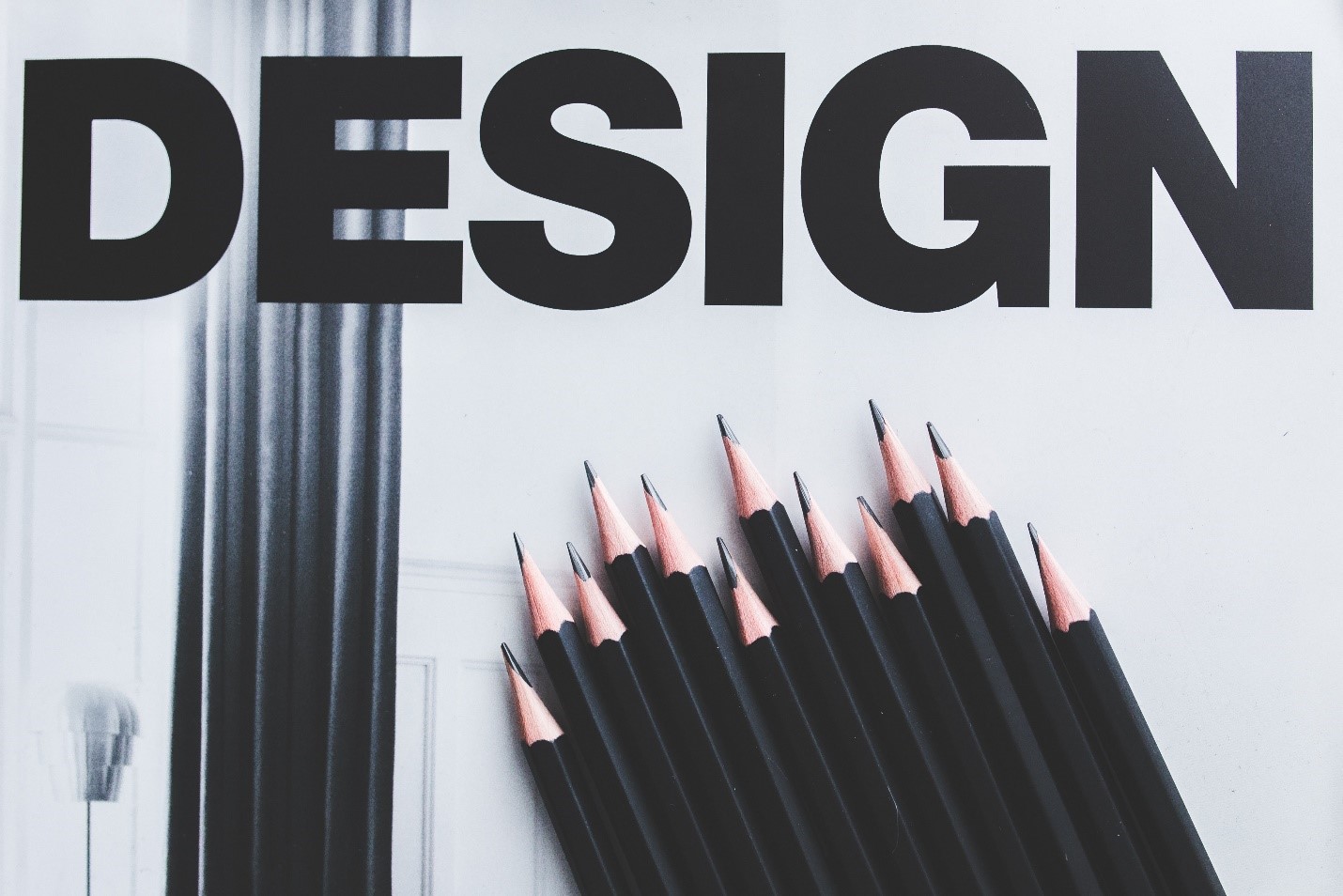Introduced by Google in 2014, material design is a visual language that was created to combine cutting edge innovation in technology with the classic principles of good design. It’s based around creating smart, appealing products that allow for workability on the part of the designer and usability on the part of the intended audience.
As such, it’s a popular, beneficial way to design templates of all kinds.
Material design principles are being used in templates across the spectrum, from logo designs for printing and publishing to design of apps and websites for businesses, to individual components like navigation and icons. To make these principles really work for you, we’ve gathered five important factors, extrapolated from the principles of material design and its common execution.
Use Bold Colors
One of the main principles of material design is to create a design that is “bold, graphic, and intentional.” The use of bold color palettes harmonizes with and reflects that principle, as well as imbuing your template with lots of “pop.”
Not only that, but the main website for material design has some pointers on exactly how to choose your colors. Apart from considerations like the psychology of color and market-specific colors, the site advises a limited palette combination, combined by “choosing three hues from the primary palette and one accent color from the secondary palette.”
Usage of a limited palette with dynamic, striking colors is one of the ways that material design was created to catch the eye.
Use Real-Life Textures
Material design is all about creating something that is reflective of a “real life” object, and the weight and texture of your templates is a big part of that.
This doesn’t mean just overlaying a “real texture” pattern over your templates and calling it good, either. Another main principle of material design is centered on inspiration from “the physical world and its textures, including how they reflect light and cast shadows.”
In other words, your template design can be clearly a virtual object in appearance, but in weight and heft, it should reflect a physical object, as though it had a physical presence. This can be achieved by appropriate use of drop shadows. It’s basically the idea of a real-world desk with a real-world piece of paper lying on it: we can discern which object is on top of the other because of the way it is presented and the shadow that it casts.
The same principles apply in creating material design. That’s part of what makes material design so useful for creating templates in the first place: it’s natural to create a hierarchy to the elements, showing which one needs attention first, by using shadows rather than a designation such as a number.
Use Wall To Wall Images
Material design uses images in a full-bleed manner, basically putting them front and center in the attention of the viewer. By eschewing the use of margins, it capitalizes on our natural tendency to be drawn to images rather than other types of content. A big picture is more interesting than a small picture.
In terms of creating templates that make good use of this principle, that means using lots of “technical” demonstrations, allowing the demo templates to change to reflect new options rather than relying on lots of textual content.
It also means letting your users upload their own images, headers, logos, and other graphics in order to test them out in the template.
Use Whitespace
At the same time, the judicious use of whitespace or negative space is also a key component in ensuring that your templates are legible, understandable, and user friendly.
Good use of whitespace is reflective of the inspiration of material design, which draws heavily from traditional print. For example, headers can be designed like headlines from a newspaper, allowing plenty of negative space around the text in order to focus the attention.
Use Authentic Motion
“Motion provides meaning,” says Google’s principles of material design. Motion is designed to focus the attention of the viewer, to maintain continuity, and to promote clarity of understanding. Motion in material design is influenced and responsive to interactions from the viewer, whether subtle or overt.
In terms of highly-adaptable interfaces like templates, motion is a goldmine.
It can be done simply. What action does your viewer need to take? A subtle highlight or color change can indicate it. Did your viewer take that action? Another color change to acknowledge the interaction.
Material design also focuses on authentic motion. Just as the weight of the textures reflect the real world, the weight of the motion should, also. That means that the amount, speed, and accuracy of the input from your viewer can impact the amount, speed, and accuracy of the reaction from the template.
It’s a way to make your templates seem personalized for each and every user.
Material Design and You
Creating with material design principles takes a little forethought. After all, it’s a newer concept of design. But because it is based around real-world weights, textures, and motions, it’s also potentially easier to get the hang of, once you educate yourself about the principles and start to apply them.
And the effort is definitely worth it. Templates designed using these principles can offer more to the user, including ease of use, heightened engagement, and clarity of understanding. And using these five tips can make material design even more appealing!












